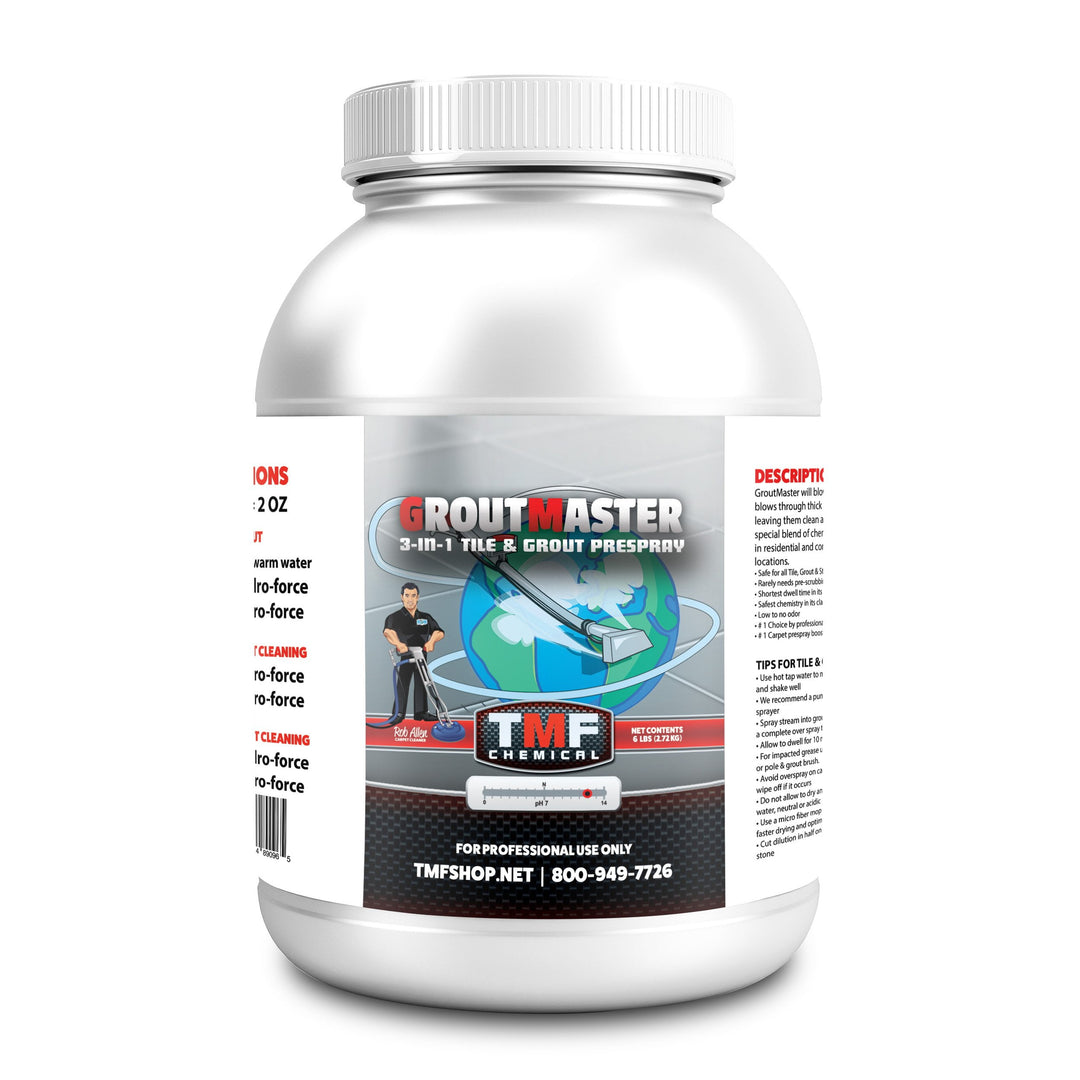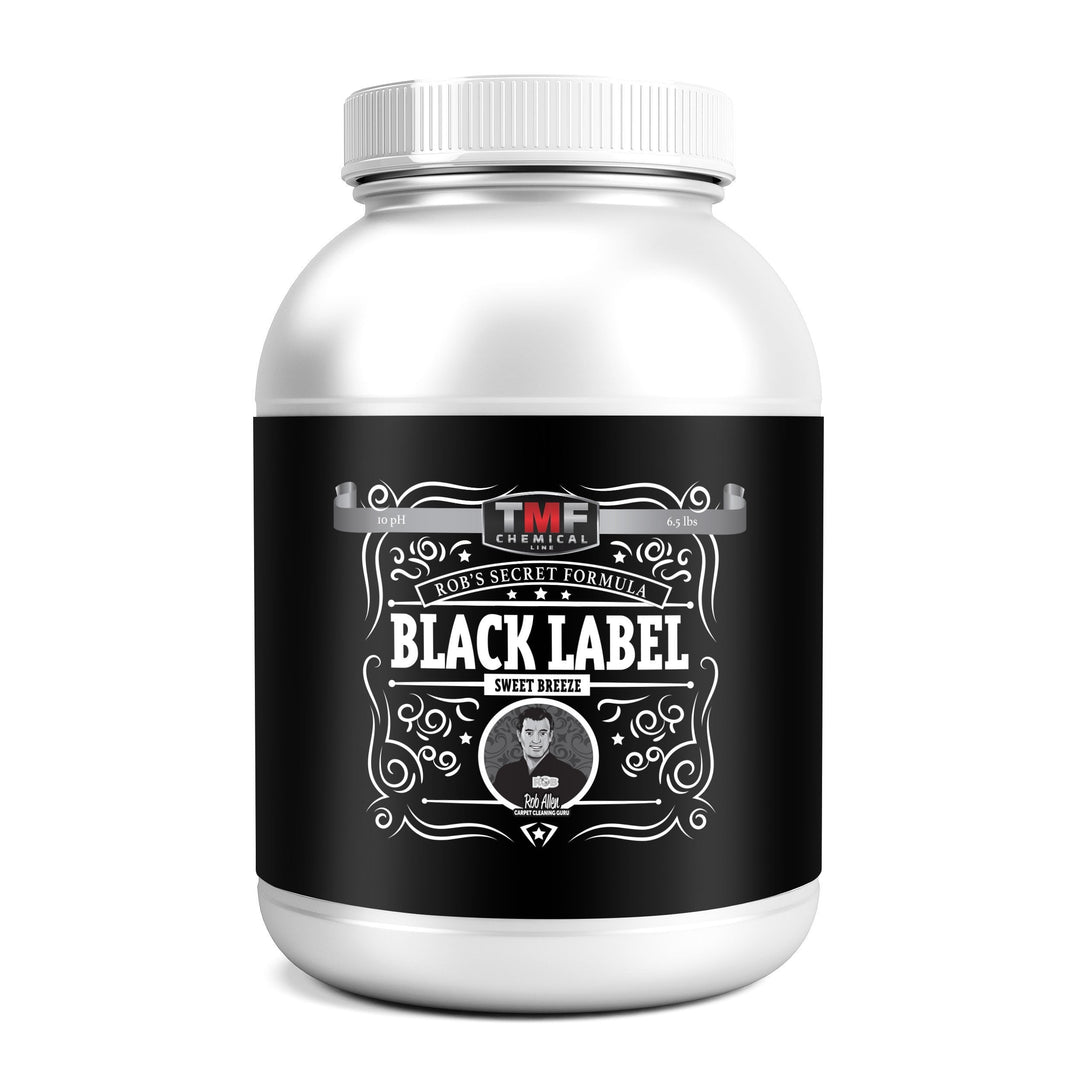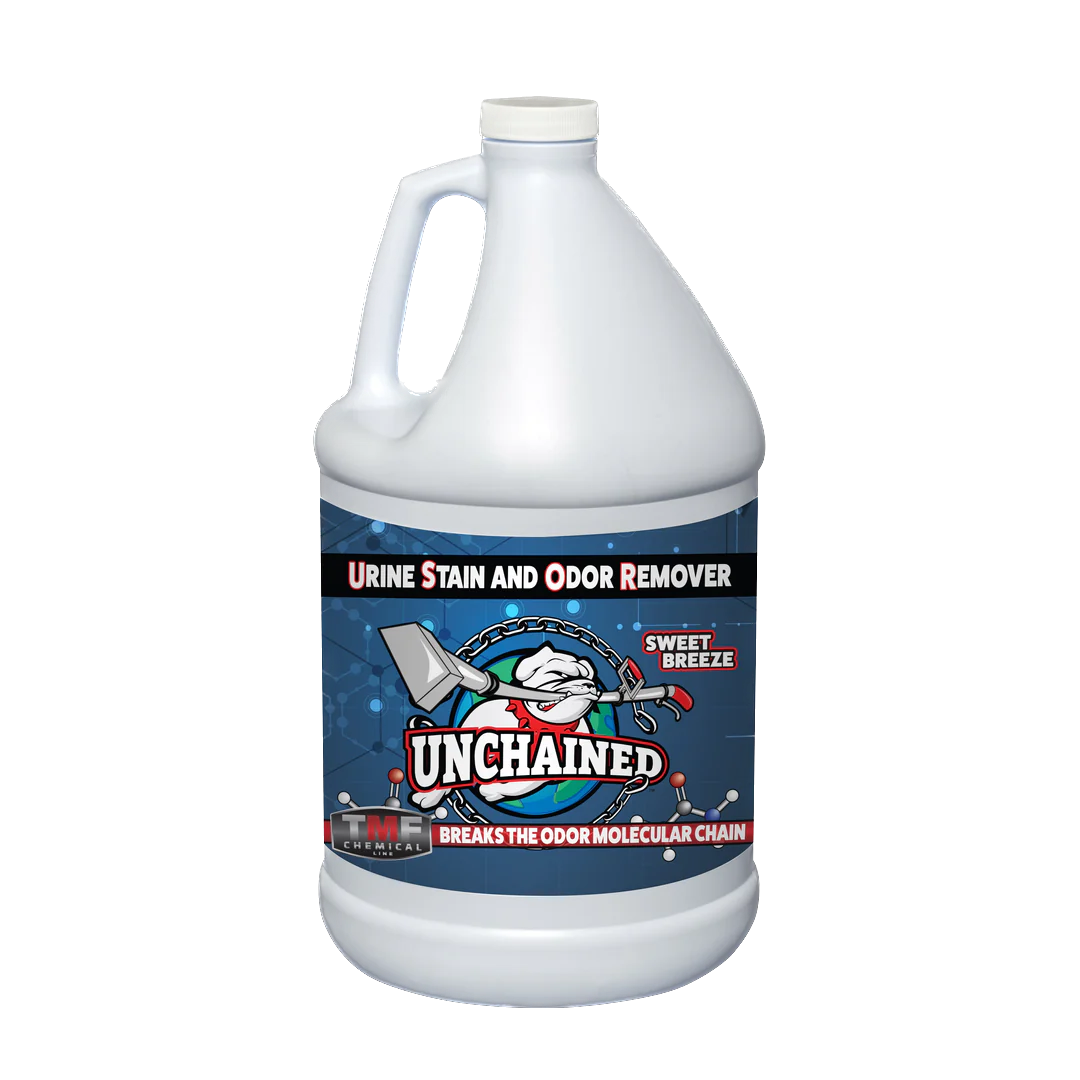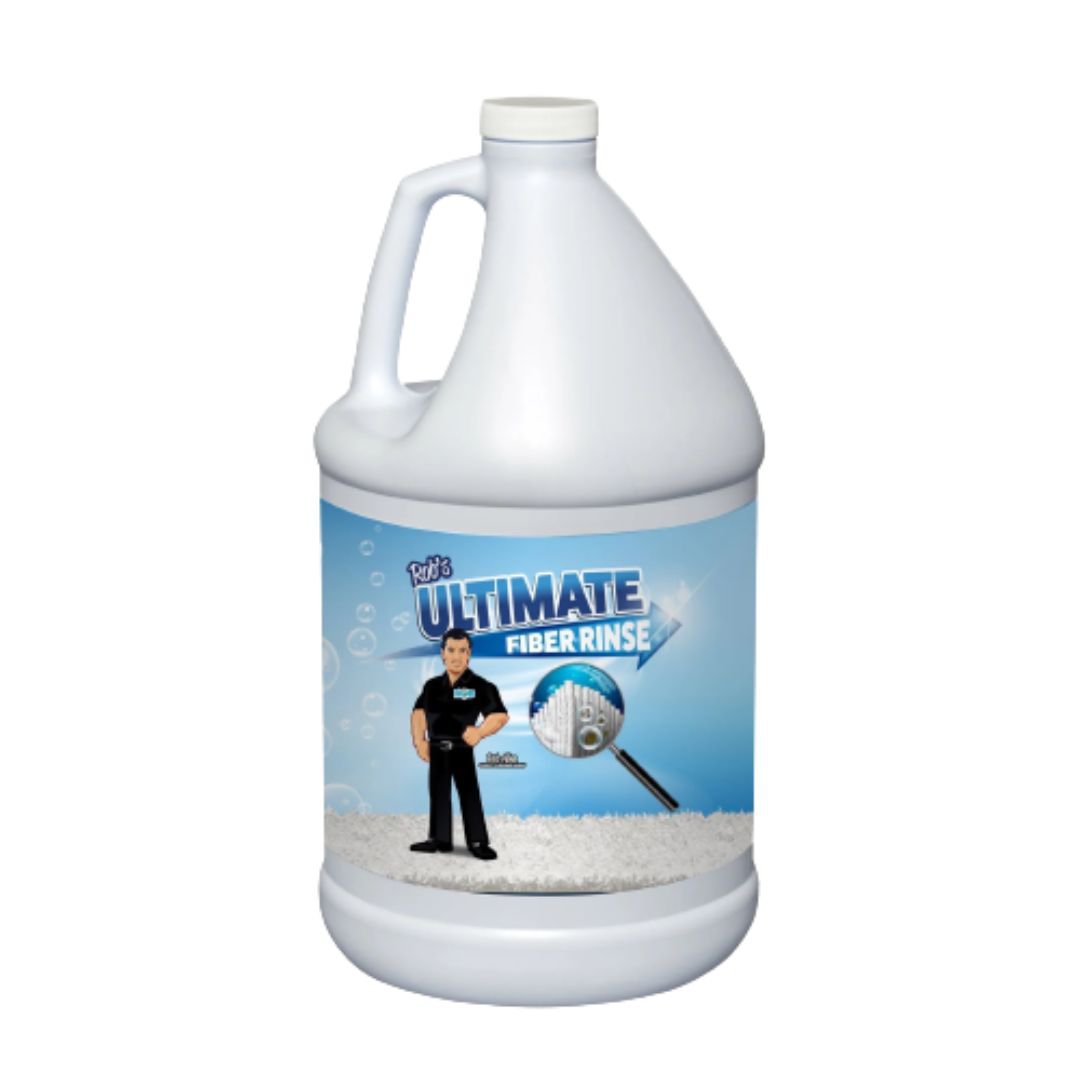How to Get Cat Litter out of a Carpet
Wondering how to get cat litter out of a carpet? If you own a cat, then you know how annoying it can be to deal with the trails of litter on your carpets.
Cat litter often attaches to cats’ feet or gets kicked out of the litter box when they do their business.
These litter particles may have the scent of cat urine on them and can spread germs and unwanted odors.
While this can be frustrating, many cat owners will tell you it is a small price to pay for the love of a cat.
Luckily, this article will list some easy steps to follow to get dry or wet cat litter out of a carpet for the best results.
All you need is a vacuum, a little bit of patience, and some general household items. Even if you don’t have a vacuum, don’t fret. We’ll also cover the process of cleaning cat litter out of a carpet without one.
What this article covers:
How To Get Wet Cat Litter Out Of A Carpet

Step 1: Scoop
The first step for getting wet litter out of a carpet is to scoop as much of it as you can.
If you are dealing with a lot of wet litter that resulted from the litter box falling over, you will need to use a scoop or a shovel. Place it in a garbage bag for easy disposal so that no scent remains.
If it is a small amount of litter such as the trails of litter left by your cats’ paws, you can use a paper towel or napkin to scoop it up. Place it in a small sealable bag and dispose of it.
You can also use a sponge or wet cloth but bear in mind that the cat litter can leave a strong smell behind.
Picking up the litter while it is still wet can prevent lingering smells and stains so try to act fast as soon as you see the litter on the carpet. After all, it is much easier to clean wet litter from a carpet than to remove cat urine stains from a carpet.
Step 2: Wait
Anyone who knows how to clean dry poop out of a carpet will tell you that it is much easier to clean up than wet poop. The same goes for cat litter.
Dry litter means you are dealing with individual particles, making it easier to clean up.

So, after removing most of the wet litter, you should allow the remaining wet litter to dry out to ensure that it can be more readily cleaned up.
Avoid trying to rush this process with something like a fan or a hairdryer as this can cause unwanted odors, which are especially hard to get rid of if you don’t know how to remove cat urine odor carpet.
Rather, use the time to clean up your cat’s litter box or clean the litter from their paws as you wait for the wet litter to dry up.
Step 3: Loosen
For this step, you need a cleaning, or any other type of brush, with hard bristles. Work the brush over the dried litter to allow it to separate from the carpet fibers.
You don’t need to overwork the affected area. Rather, rub the brush over the litter a few times using a gentle hand motion.
Step 4: Vacuum
If you are not ready to invest in fancy carpet tools, you can use your household vacuum for this purpose.
Use the vacuum to remove any residual dried litter pieces that have loosened up as a result of the previous step.
Step 5: Clean
After removing all the litter, it is time to clean the affected area. Unless you have a carpet water extraction machine, it is highly likely that there will be some residual urine in the fibers of your carpet.
To remove this, we recommend that you apply an enzyme cleaner or industrial carpet cleaner spray to the affected area.
Unlike professional carpet cleaning chemicals, household cleaners only mask the smell temporarily, so you need a cleaning product that has odor-neutralizing properties.
This means there won’t be a residual odor smell in your carpet. It also prevents your cat (or other pets) to relieve themselves in a particular area.
You can also apply a solution of equal parts vinegar and water to remove any residual odor or discoloration left behind by the wet litter.
How To Get Dry Litter Out Of A Carpet
Step 1: Scoop It Up
If you are dealing with a heap of dry litter, you may want to use a dustpan and brush to scoop it all up. For smaller amounts, scoop up the litter with a dry paper towel or cloth.
After this step, most of the litter should be cleaned up so that the only litter remaining is the residual litter clinging to the carpet fibers.
Step 2: Loosen The Litter
As mentioned above, it is a good idea to loosen the litter from the carpet fibers using a brush.
It can be tempting to reach straight for the vacuum, but this step thoroughly prepares the area for being vacuumed to ensure that all litter particles get removed.
If the litter has hardened over a longer period of time, you may not be able to remove it with a brush.
In this case, you will have to soak the area with an enzyme cleaner, vinegar-water solution, or hydrogen peroxide in order to ensure that the litter and carpet fibers are separated.
Let the solution soak into the carpet for a few minutes and try to use a brush to loosen the litter pieces.
You can also use a paper towel or pick up some of the more stubborn pieces by hand. Allow the area to dry before moving on to the next step.
Step 3: Vacuum
If you come across kitty litter on your carpets a lot it may be wise to invest in professional carpet cleaning equipment for the best results. Especially when dealing when dried-up and hardened pieces of litter that cling to the carpet.
Rotovac or orbital carpet cleaning machines work well for this specific purpose.
To complete this step, grab a specialized carpet vacuum or your general household vacuum and vacuum the rest of the dried litter pieces up.
Ensure that you use a bagless vacuum and don’t vacuum heaps of litter up at a time. This can cause permanent damage to your vacuum.
If there are still pieces clinging to the carpet, repeat Step 2 and run over the area again with your vacuum.
Step 4: Wash The Area
As mentioned earlier, an odor-neutralizing product is necessary for ensuring that any urine residue is completely removed from the carpet.
So, treat the affected area with carpet cleaning chemicals or a household mixture of vinegar and water in order to neutralize the smell.
How To Get Cat Litter Out Of A Carpet Without A Vacuum

Step 1: Sweep It Up
If you don’t have a vacuum, you need to sweep up as much of the wet or dry litter from the carpet as you can. Use a dustpan or scoop and place the litter that you scooped up in a sealed bag in the dustbin.
Step 2: Remove Residual Litter
Now that the bulk of the litter has been removed, you have to remove the residual litter. There are many ways to do this without using a vacuum cleaner.
First, as previously mentioned, you can use a brush to loosen up the litter and separate them from the carpet fibers.
Once loosened, you can use a paper towel to pick them up. Repeat the brushing and picking up process until all the litter particles are removed.
Alternatively, you can remove the loosened litter particles by hand. Be sure to wear gloves if you do so for hygienic purposes.
If any pieces of litter remain, you can use sticky tape to pick up the last bits and pieces.
Using sticky tape is also a good option if the brushing process is not successful, which is often the case when dealing with clumps of litter or old hardened litter.
Repeat the process of loosening the litter pieces and picking them off until no litter particles remain.
Step 3: Steam
Even after repeating the above process multiple times, it is likely that some stubborn pieces will remain embedded in the carpet fibers. In this case, you will want to steam the area to loosen them up.
You can use the steam from a kettle, iron, or another device to ensure that the litter becomes loose and peels away from the carpet fibers.
Then use your hands, a paper towel, or sticky tape to remove the last bits and pieces.

Step 4: Wash
If you removed the litter pieces without a vacuum, the washing step is particularly important. This is because a lot of the litter’s residue will remain embedded within the carpet.
Use a carpet-safe odor-neutralizing enzyme treatment and soak the affected area. You can also use hydrogen peroxide or a solution of equal parts water and vinegar.
After soaking the area, ensure that no litter remains. If you still find some pieces, remove them as explained above.
Then allow the area to dry and clean your carpet as usual.
Conclusion
So, so you don’t need to be an expert on urine stains or removing cat puke stains from a carpet to keep your carpet hygienic and litter-free.
And, there is no reason for you or your kitty to be embarrassed about leaving bits of litter around the house.
This is a natural consequence of having an indoor cat and any type of litter mess on a carpet can be easily cleaned.
Whether you use a vacuum, sticky tape, or apply vinegar or chemicals, there are multiple options to ensure that your carpet can be litter-free in no time.
Did you find our blog helpful? Then consider checking other guides:
- How to Get Dog Poop Out of Carpet
- How to Get Dog Smell Out of Carpet
- How to Get Dried Dog Pee Out of Carpet
- How to Get Dog Pee Out of Carpet
- How to Clean Dog Diarrhea from Carpet
- How to Clean Dog Vomit from Carpet
- Remove Dog Hair from Carpet
- How to Get Dog Smell Out of Couch and Carpet
- How to Get Pet Stains Out of Carpet
- Remove Pet Odor from Carpets
- How to Clean Mice Droppings from Carpet
- How to Get Poop Out of Carpet
- How to Get Vomit Smell Out of Carpet
- How to Clean Vomit from Carpet
- How to Get Old Pee Stains Out of Carpet







